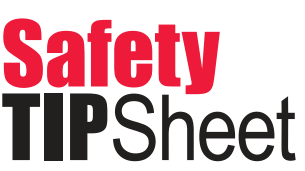
Spring Cleaning in the Workplace

In the Workplace

Workplace Clutter
Having a lot of clutter makes it difficult to find what you need when you need it. What some people don’t know is that clutter is also a safety hazard. Cluttered work areas increase the risk of fires and slip-and-fall accidents, so take this opportunity to eliminate clutter wherever possible. Move items away from exits, remove tripping hazards, throw away unneeded items and file needed papers so that they do not clutter your work area.
Chemical Safety
If you have ever used a photocopier or cleaned your work area with a cleaning product, then you have used chemicals in the workplace. If these chemicals are not used and stored properly, they can cause fires. Improper use may also lead to skin exposure or inhalation of toxic fumes. During spring cleaning, make sure all chemicals are stored properly. Refer to the Safety Data Sheet for each product to determine the proper way to store cleaning fluids and other chemicals. Avoid storing chemicals in direct sunlight or near other heat sources, as this may cause chemical degradation. Be sure to wear gloves when rearranging chemicals in a storage area, as skin exposure can cause irritation and chemical burns. If you no longer use certain chemicals, dispose of them according to the guidelines in your employer’s Safety Data Sheet, or SDS.
Equipment Safety
Broken equipment poses a hazard to employees working with or around it. Identify equipment in need of service; schedule a repair appointment as soon as possible. Equipment that cannot be repaired should be removed from the workplace. If it will take several days or weeks to repair or remove a piece of broken equipment, make sure it is labeled with hazard signs warning workers not to use it.
First-Aid Kits
A Spring Cleaning session is also a good opportunity to make sure your work area has a well stocked first-aid kit.
.